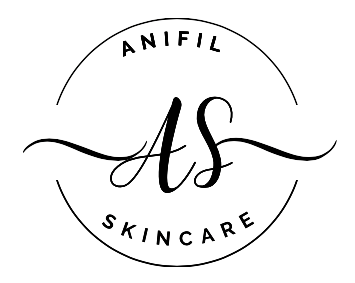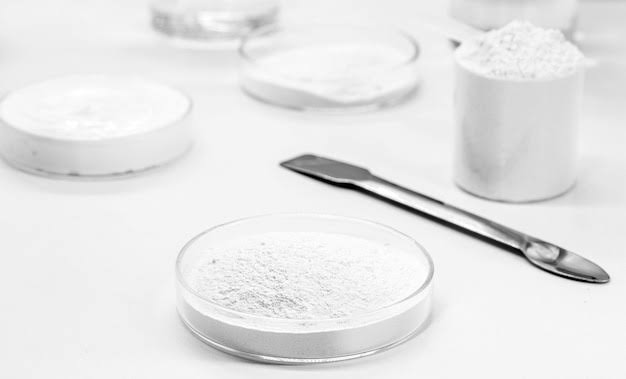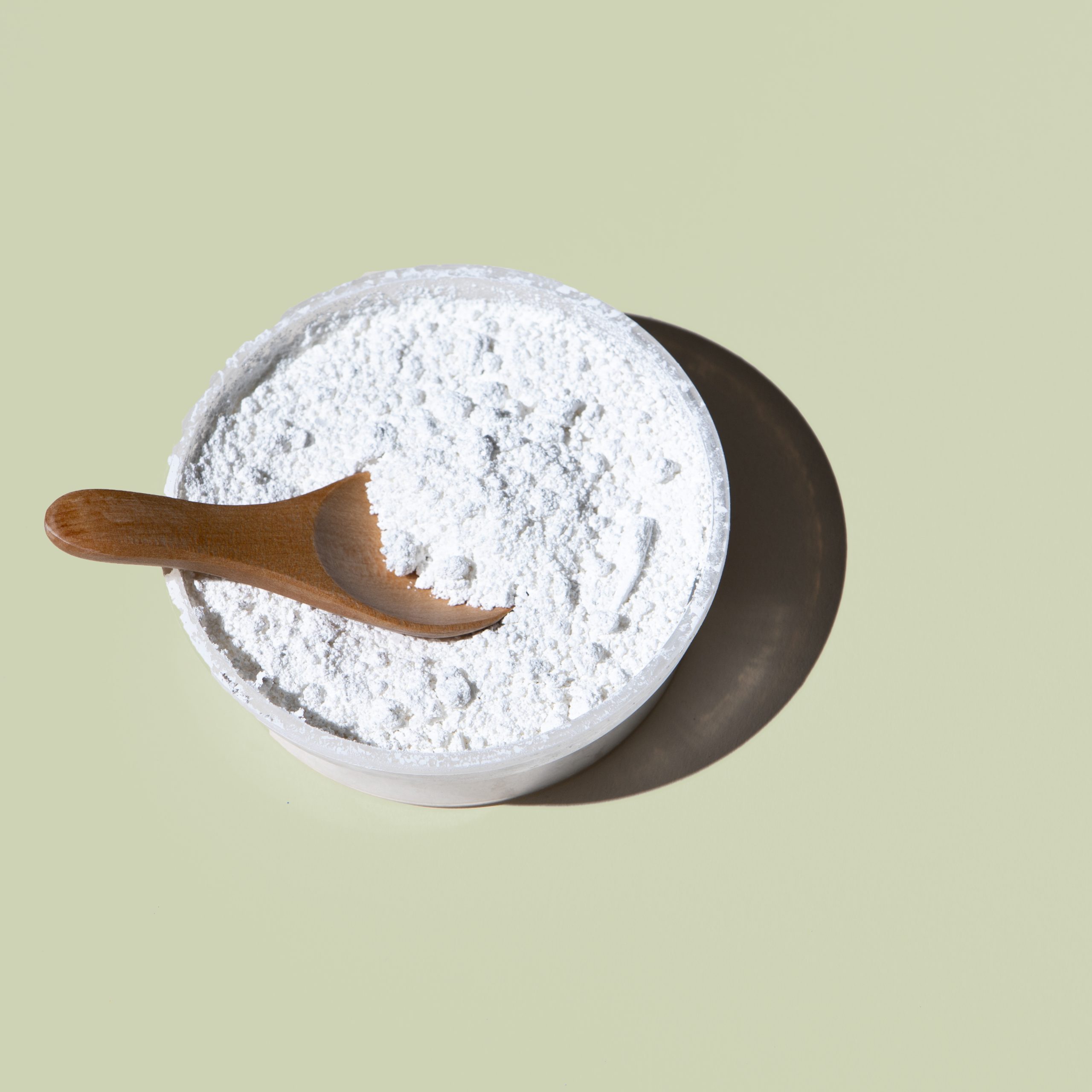Salicylic acid is a beta-hydroxy acid (BHA). Commonly used in skin care products to treat acne, oily skin, and other skin conditions. It is a natural substance that is derived from willow bark and wintergreen leaves. Salicylic acid works by exfoliating the skin, which helps to remove dead skin cells and oil that can clog pores. It also has anti-inflammatory properties, which can help to reduce redness and swelling associated with acne.
Salicylic acid is available in a variety of natural and prescription products. It is typically found in cleansers, toners, moisturizers, and spot treatments. Salicylic acid can also be applied topically as a liquid or gel. When used as directed, salicylic acid is generally safe for most people. However, it can cause some side effects, such as dryness, irritation, and redness. If you experience any of these side effects, you should discontinue use.
How does salicylic acid work?
Salicylic acid works by exfoliating the skin. It does this by dissolving the bonds between dead skin cells, which allows them to shed more easily. This helps to keep pores clear and prevents them from clogging. Salicylic acid also has anti-inflammatory properties. This means that it can help to reduce redness and swelling associated with acne.
Benefits of using salicylic acid
Salicylic acid is a safe and effective treatment for a variety of skin conditions. Here are a number of benefits it can help to treat:
- Treat acne
- Reduce oily skin
- Unclog pores
- Reduce redness and swelling
- Exfoliate the skin
- Promote cell turnover
- Improve skin texture
- Brighten the skin
How to use salicylic acid
Salicylic acid can be incorporated into your skincare routine in various forms, including cleansers, toners, serums, moisturizers, spot treatments, and masks. When using salicylic acid, it is important to start with a low concentration and gradually increase the strength as your skin adjusts. For best result, it is advisable to use salicylic acid on a consistent basis.
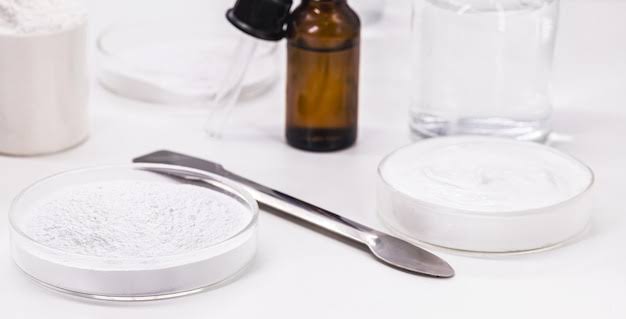
Side effects of salicylic acid
Salicylic acid is generally safe for most people. However, it can cause some side effects, such as:
- Dryness
- Irritation
- Redness
- Peeling
- Rash
- Contact dermatitis
If you experience any of these side effects, you should stop using the product and talk to your doctor.
Who should not use salicylic acid?
Salicylic acid should not be used by people with the following conditions:
- Open wounds
- Eczema
- Psoriasis
- Rosacea
- Sunburn
- Sensitive skin
Precautions when using salicylic acid
While salicylic acid is typically safe for most people, there are some persons who should use it with caution or avoid it completely. Here are several examples:
- Individuals with Allergy or Sensitivity: If you have a known allergy or sensitivity to salicylic acid or aspirin, it is advisable to avoid using products containing salicylic acid. Allergic responses can cause redness, itching, swelling, or a rash.
- Pregnant or nursing women should see their healthcare professional before using salicylic acid-containing medications. High systemic exposure to salicylic acid may provide concerns, particularly at greater doses or when administered over vast portions of the body.
- Children: Salicylic acid products are normally not suggested for use on children, particularly those under the age of six.
- People with Broken or Damaged Skin: Avoid using salicylic acid on areas with open wounds, cuts, or broken skin. When applied to sensitive skin, salicylic acid can produce irritation, stinging, or pain.
- People Taking Certain drugs: Salicylic acid has the potential to interfere with certain drugs, such as blood thinners or topical therapies. Before introducing salicylic acid into your skincare routine, ask your healthcare practitioner if you are taking any medications or utilizing any other topical products.
- People with Certain Skin disorders: Individuals with certain skin disorders, such as eczema, rosacea, or highly sensitive skin, should exercise caution when using salicylic acid. It may aggravate symptoms or create discomfort.
- People with Sunburned or Sun-Damaged Skin: Because salicylic acid can make skin more sensitive to the sun, it is not suggested for use on sunburned or sun-damaged skin. Before applying salicylic acid-containing products, wait until the skin has completely healed.
- People with Dry or Dehydrated Skin: Salicylic acid can be drying, especially at higher concentrations or when used for an extended period of time. If you have dry or dehydrated skin, you should moisturize regularly and keep an eye on how your skin reacts to salicylic acid products.
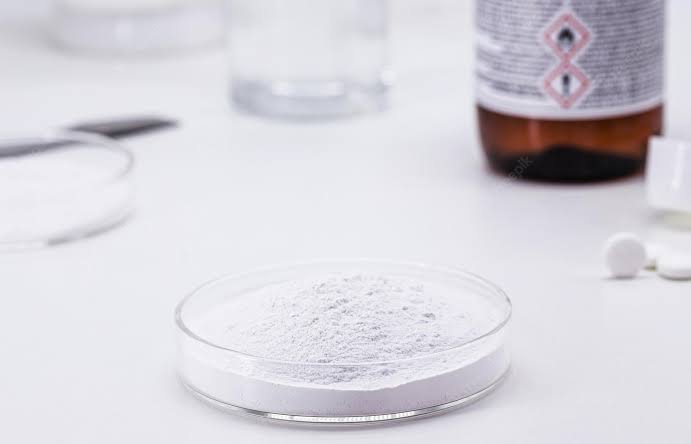
Natural Powders that can be Combined with Salicylic Acid
There are numerous natural powders that can be used with salicylic acid to boost its effects or provide extra skincare benefits. Here are a couple of such examples:
- Kaolin Clay: A soft and relaxing natural powder, kaolin clay can be used with salicylic acid to make a DIY face mask. Kaolin clay aids in the absorption of excess oil, the unclogging of pores, and the promotion of a smoother complexion. To make a paste, combine a tiny amount of salicylic acid with kaolin clay and enough water or aloe vera gel. Apply the mask on your face, then rinse it off with warm water.
- Turmeric Powder: Due to its anti-inflammatory and brightening characteristics, turmeric powder is an excellent addition to a salicylic acid treatment. To make an acne spot treatments, combine a pinch of turmeric powder with salicylic acid anda carrier oil such as jojoba or almond oil. Apply a tiny amount to the affected regions and cover with a bandage overnight. Turmeric powder can discolor clothes and skin, so use with caution.
- Rice Flour: Rice flour is known for its gentle exfoliating features and can improve salicylic acid’s exfoliation benefits. To make a paste, combine equal parts rice flour and salicylic acid with water or rosewater. Massage the mixture gently into your face in circular motions, then rinse with warm water. This combination can aid in the removal of dead skin cells, the unclogging of pores, and the promotion of a smoother complexion.
- Green Tea Powder: Green tea powder, also known as matcha powder, is rich in antioxidants and can help soothe and protect the skin. To make a detoxifying and clarifying face mask, combine a small amount of green tea powder, salicylic acid, and honey. Apply the mixture to your face for about 15 minutes, then rinse with warm water. This mixture can help reduce inflammation, cleanse the skin, and produce a beautiful glow.
- Aloe vera powder is well-known for its soothing and moisturizing effects. It can be mixed with salicylic acid to form an anti-acne therapy. For further antibacterial properties, combine a little amount of aloe vera powder with salicylic acid and a few drops of tea tree oil. Apply the mixture to the affected regions and keep it on for 15 minutes before washing off with lukewarm water.
Powders that cannot be combined with Salicylic Acid
While there are several natural powders that can be combined with salicylic acid, there are also some powders that should not be mixed with salicylic acid or used together. This is due to potential interactions or adverse effects. Here are a few examples of such powders:
- Vitamin C Powder: Salicylic acid is an acidic compound, and when combined with vitamin C powder (ascorbic acid), it can lead to a chemical reaction that may reduce the effectiveness of both ingredients. Mixing these two powders together can result in neutralizing each other’s pH levels and potentially rendering them less potent or ineffective. It’s best to use salicylic acid and vitamin C separately in your skincare routine.
- Bentonite Clay: Bentonite clay is a popular natural powder known for its detoxifying and purifying properties. While it can be used in combination with other ingredients, it is not recommended to mix bentonite clay with salicylic acid. Bentonite clay has a high absorption capacity, and when combined with salicylic acid, it may excessively absorb and remove natural oils from the skin, leading to dryness and potential irritation.
- Physical Exfoliants: Salicylic acid itself acts as an exfoliating agent by gently exfoliating the skin and unclogging pores. It is generally not recommended to combine salicylic acid with other physical exfoliants, such as powders containing particles or granules, as it can lead to over-exfoliation and potential skin damage. Using both salicylic acid and physical exfoliants separately in your skincare routine is a better approach.
- Strong Acids: Salicylic acid is an acid itself, so it’s important to avoid combining it with other strong acids, such as glycolic acid, lactic acid, or mandelic acid, unless specifically directed by a skincare professional. Combining strong acids can increase the risk of skin irritation, dryness, and sensitization. It’s best to use these acids separately or under professional guidance.
- Harsh or Irritating Powders: Avoid combining salicylic acid with powders that are known to be harsh or irritating to the skin. Examples include powders with coarse particles, strong spices like cinnamon or cayenne pepper, or powders with high concentrations of essential oils. Mixing such powders with salicylic acid can increase the risk of skin irritation, redness, or discomfort.
